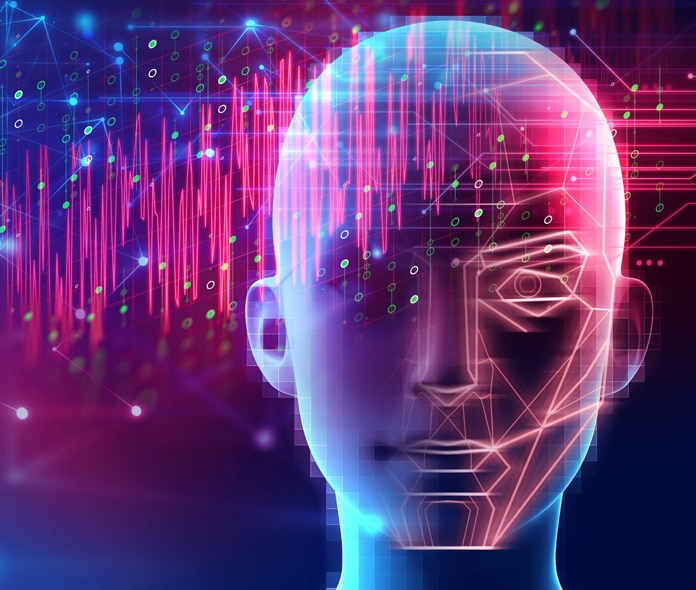Key Concepts and Techniques
Images are everywhere in our digital world, and understanding how to manipulate and analyze them is crucial in various fields, from medical imaging to computer vision. Let’s explore some fundamental concepts and techniques that form the bedrock of image processing.
1. Image Representation: The Building Blocks
Before we can work with images, we need to understand how they’re represented digitally.
- Color Spaces: Different ways to encode colors, each with its strengths.
- RGB: Commonly used for displays, but not ideal for all tasks.
- HSV/HSL: Intuitive for color selection and adjustments.
- YCbCr: Used in video compression for efficient storage.
-
Bit Depth: The number of bits used to represent each color channel (red, green, blue) of a pixel. More bits mean more possible colors and smoother gradients, but also larger file sizes.
-
Histograms: A graphical representation of the distribution of pixel intensities within an image. Histograms are invaluable for understanding an image’s contrast, brightness, and overall color distribution.
- Point Operations: Simple operations performed on each pixel independently, such as adjusting brightness or contrast.
2. Image Filtering: Transforming and Enhancing
Image filtering is where the magic happens – we apply various transformations to modify or enhance an image.
-
Convolution: The fundamental operation behind many filters. It involves sliding a small matrix (kernel) over the image and computing a weighted sum at each position.
-
Linear Filters: Output pixel values are a linear combination of input pixel values. Common examples include blurring and edge detection filters.
-
Non-Linear Filters: Don’t follow a simple weighted sum rule. Median filters are a great example, used for removing noise while preserving edges.
-
Gaussian Smoothing: A popular blurring filter that uses a Gaussian distribution to smooth out noise and details.
-
Sharpening: Opposite of blurring, it enhances edges and details, making the image appear crisper.
3. Image Transformations: Reshaping and Repositioning
Sometimes, we need to manipulate an image’s geometry, size, or orientation.
-
Geometric Transformations: Changes in position, orientation, or scale. Common examples include rotation, translation (moving), and scaling.
-
Fourier Transform: A powerful mathematical tool that decomposes an image into its frequency components, useful for tasks like filtering and compression.
4. Feature Extraction: Unveiling Patterns
This is where image processing gets exciting – extracting meaningful information from an image.
-
Keypoint Detection: Algorithms that find interesting points in an image, like corners, blobs, or edges.
-
Descriptors: Ways to describe those keypoints so they can be matched and tracked across different images.
5. Morphological Operations: Shaping and Restructuring
These operations are primarily used on binary images (black and white) to change their shapes and structures.
- Erosion, Dilation: Shrinking or expanding regions of the image.
- Opening, Closing: Combinations of erosion and dilation, used for tasks like removing noise and filling holes.
6. Image Segmentation: Dividing and Conquering
Breaking an image into meaningful regions or objects is the goal of segmentation.
- Thresholding: The simplest approach, separating pixels based on a single intensity value.
- Region Growing: Starts with a seed pixel and merges neighboring pixels with similar properties.
- Clustering: Grouping pixels into clusters based on some similarity measure, like color or intensity.
This is just a glimpse into the vast field of image processing. In upcoming blogs, we’ll delve deeper into each of these topics, exploring the underlying algorithms, practical applications, and code examples in Python. Stay tuned for more!

